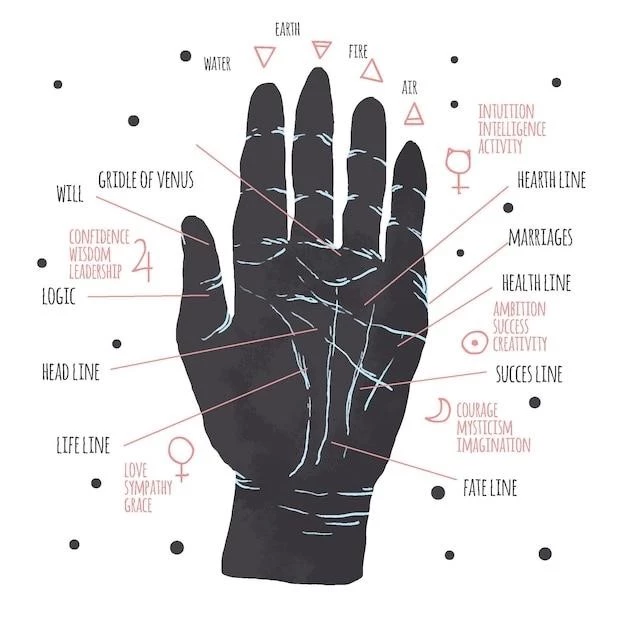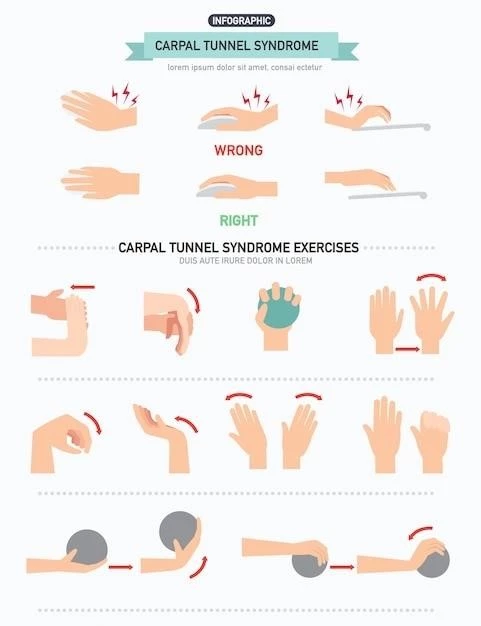Macrodactyly of the Hand
Overview of Macrodactyly
Macrodactyly of the hand is a rare condition characterized by abnormal growth that leads to enlarged fingers. This hand disorder can result in hand deformity, swelling, pain, and functional impairment. The condition typically affects a single digit, most commonly the second or third finger.
Individuals with macrodactyly may experience finger enlargement that is out of proportion with the rest of the hand. The overgrowth is usually present at birth or develops during early childhood. The exact cause of macrodactyly is not always clear, but it is thought to result from an abnormality in the growth of tissues in the hand.
Macrodactyly can impact a person’s quality of life due to the physical appearance of the hand and associated symptoms. Treatment options vary and may include observation, medical interventions to manage symptoms, or surgical procedures to address the finger abnormalities. Early diagnosis and intervention are essential in managing this condition effectively.
Causes and Symptoms
The exact cause of macrodactyly of the hand is not fully understood, but it is believed to be a result of overgrowth in the bones, soft tissues, and nerves of the affected finger. This abnormal growth can lead to enlarged fingers that exhibit disproportionate enlargement compared to the rest of the hand.
Individuals with macrodactyly may experience a range of symptoms, including hand swelling, hand pain, and limitations in hand function. The enlarged finger can cause cosmetic concerns and affect daily activities such as grasping objects or performing fine motor tasks.
In some cases, macrodactyly may be associated with other conditions or genetic factors. While the precise mechanisms that trigger macrodactyly are not fully elucidated, a combination of genetic predisposition and environmental factors may play a role in the development of this rare condition.
Diagnosis
Diagnosing macrodactyly of the hand typically involves a thorough physical examination by a healthcare provider specializing in hand disorders. Imaging studies such as X-rays, ultrasound, or MRI scans may be used to assess the extent of finger enlargement and to evaluate the structures within the affected digit.
A detailed medical history of the patient, including information about the onset and progression of symptoms, any family history of hand abnormalities, and associated medical conditions, can aid in the diagnosis of macrodactyly. Genetic testing may be recommended in some cases to identify any underlying genetic factors contributing to the condition.
Additionally, differential diagnoses must be considered to rule out other possible causes of finger enlargement and hand deformities. Once a diagnosis of macrodactyly is confirmed, healthcare providers can work with patients to explore treatment options and develop an appropriate management plan tailored to the individual’s needs.
Treatment Options
When managing macrodactyly of the hand, treatment options aim to address the symptoms, improve hand function, and enhance the aesthetic appearance of the affected digit. Depending on the severity of the condition and individual patient factors, various treatment modalities may be considered.
Non-surgical approaches such as physical therapy, splinting, and medication to alleviate pain and inflammation may be recommended initially to help manage symptoms. In some cases, surgical intervention may be necessary to address the finger enlargement and associated hand deformity.
Surgical procedures for macrodactyly can involve debulking the enlarged tissues, reshaping the affected finger, releasing constrictions in nerves or blood vessels, and realigning structures to optimize hand function and cosmetic outcome. The goal of surgery is to restore hand function while minimizing any residual deformities.
Patients should consult with a hand surgery specialist to discuss the most appropriate treatment approach based on their unique situation and goals. The treatment plan may involve a multidisciplinary team of healthcare professionals to provide comprehensive care and support throughout the management of macrodactyly.
Surgical Procedure for Macrodactyly
When surgical intervention is deemed necessary for macrodactyly of the hand, the specific procedure will depend on the extent of finger abnormalities, the functional limitations experienced by the patient, and the desired outcome of the surgery. Surgical correction of macrodactyly aims to reduce finger enlargement, improve hand function, and address any associated deformities.
Common surgical techniques for macrodactyly may involve soft tissue debulking to remove excess tissue, nerve decompression to alleviate symptoms such as pain and numbness, tendon procedures to improve hand function, and bone procedures to correct skeletal abnormalities. The surgical plan is personalized to each individual based on their unique condition and needs.
During the surgical procedure, the hand surgeon will carefully remove or reshape the overgrown tissues, nerves, and bones while preserving the essential structures for hand function. Post-operative rehabilitation, including physical therapy and wound care, is crucial for optimal recovery and functional outcome following surgery for macrodactyly.
Patients undergoing surgical treatment for macrodactyly should have a thorough understanding of the procedure, potential risks and benefits, and expected outcomes. Close follow-up with the healthcare team is essential to monitor healing, address any post-operative concerns, and ensure the best possible result in terms of hand function and appearance.
Rare Conditions and Complications

While macrodactyly of the hand is a rare condition in itself, there are certain rare conditions and complications that may be associated with this disorder. In some cases, macrodactyly may occur in conjunction with other hand abnormalities or syndromes that affect multiple body systems.
One rare condition that may be linked to macrodactyly is Proteus syndrome, a genetic disorder characterized by overgrowth of various tissues, including the bones, skin, and fatty tissues. Additionally, certain vascular anomalies or nerve disorders may coexist with macrodactyly and contribute to its complexity.
Complications of macrodactyly surgery can include wound healing issues, infection, nerve damage, stiffness, and recurrence of finger enlargement. While these complications are uncommon, they underscore the importance of meticulous surgical planning, skilled execution, and diligent post-operative care to minimize risks and optimize outcomes.
Patients with macrodactyly should be monitored regularly by a healthcare team specializing in hand disorders to detect any potential complications early and provide appropriate management. Understanding the rare conditions and possible complications associated with macrodactyly can help healthcare providers deliver comprehensive care and support to individuals affected by this unique hand disorder.
Prognosis and Follow-Up Care
The prognosis for individuals with macrodactyly of the hand varies depending on the severity of the condition, the effectiveness of treatment, and individual factors such as age and overall health. With appropriate medical interventions, including non-surgical and surgical approaches, many patients can achieve improved hand function and cosmetic outcomes.
Following surgical correction of macrodactyly, patients require regular follow-up care to monitor healing, assess hand function, and address any post-operative issues that may arise. Physical therapy and occupational therapy may be recommended to promote rehabilitation, increase range of motion, and enhance hand strength.
Long-term follow-up care is essential for individuals with macrodactyly to evaluate the results of treatment, address any potential complications, and ensure optimal hand function over time. Monitoring for signs of recurrence, ongoing symptoms, or additional hand abnormalities is crucial to maintain the health and well-being of patients with this rare hand disorder.
By collaborating with a specialized healthcare team and adhering to a structured follow-up care plan, individuals with macrodactyly can achieve favorable long-term outcomes and effectively manage any challenges associated with this unique hand condition.
